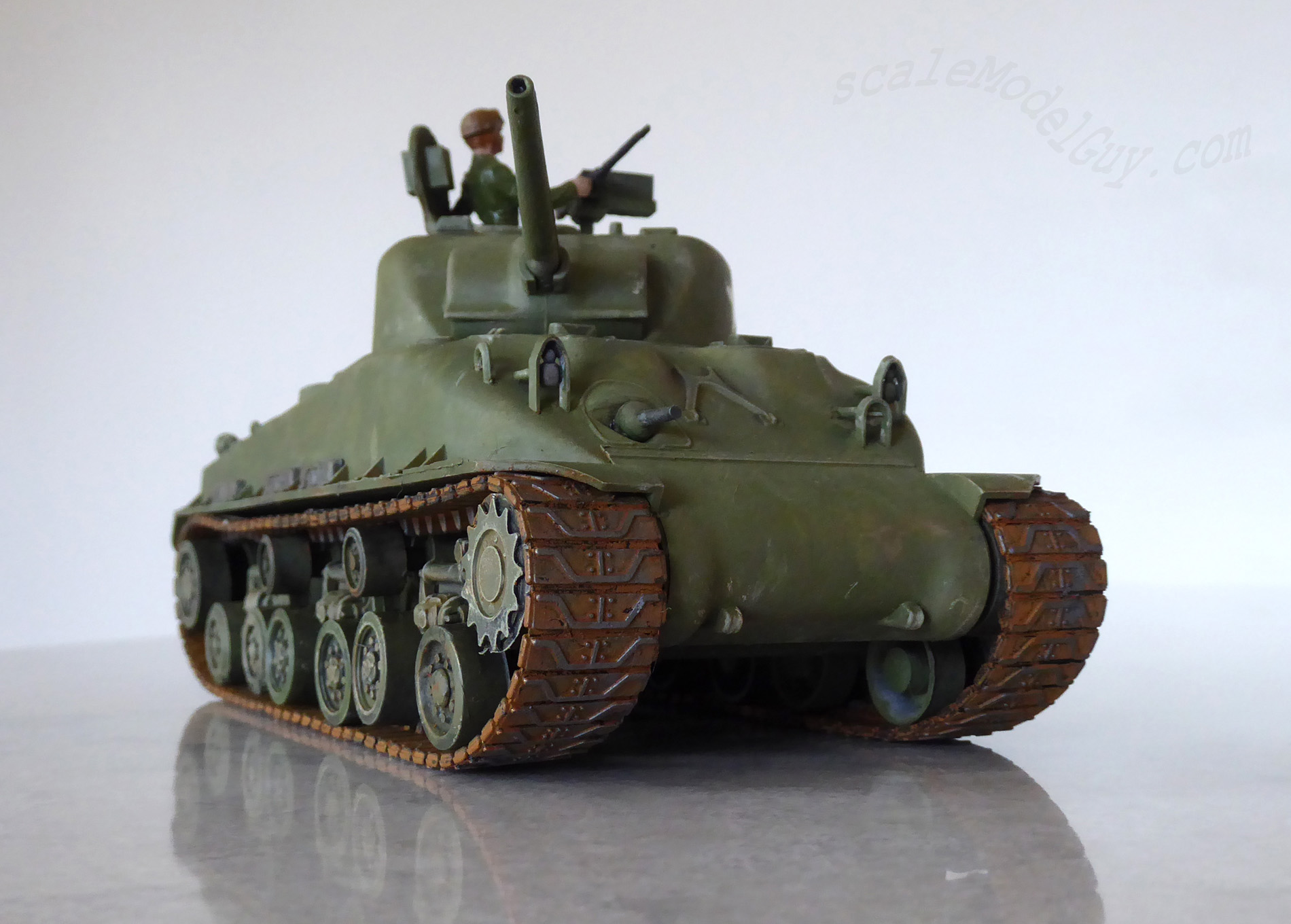
Each variant differs on time put into service, location of service, and the manufacturer. The M4 Sherman is a general term for the “base” model with many different varieties of it made. It was such a success that after World War II the Sherman saw combat in Korea, and even after it was replaced by the M48 Patton as the United States’ main tank, the M4 Sherman was still in service for the US and its allies until the 1970s. The Sherman was the all-around tank in World War II: it was decently armored, relatively fast, and could hold its own in the firepower department. The only tank that rivals the Sherman in sheer numbers was the Soviet T -34. To put things into perspective, a total of just under 50,000 M4 Shermans rolled off of the assembly line, whereas the Germans only manufactured roughly 1,300 of their famous Tigers. It was relatively easy to repair, easy to drive, and quick to construct using standardized parts. Replacing the M3 Lee, it was first put into service in World War II on September 2 1941, and became the most commonly used tank for the Allies. The M4 Sherman tank was originally named after The Civil War general, William T.

Though the original inspiration stems from tank resting in Tomahawk WI. With this realization, the focus now shifts to the overall function and use of the M4 Sherman tank.

It’s unclear even if this tank saw action. However, after researching and contacting the Tomahawk Historical Society there appears to be no records kept on this tank. The original propose of this article was to take a look into the history of the M4 Sherman tank located in Tomahawk, WI. This is an in-depth look at the M4 Sherman tank.


 0 kommentar(er)
0 kommentar(er)
